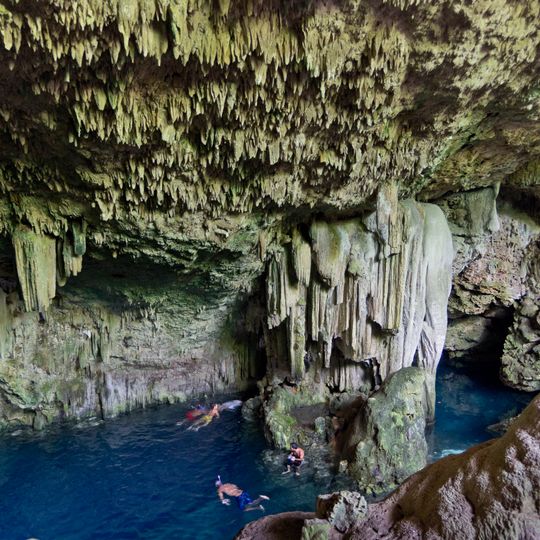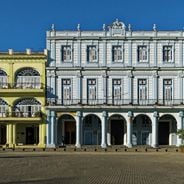Cueva de Saturno, Natural cenote cave in Matanzas province, Cuba.
This natural sinkhole cave contains clear freshwater reaching depths of twenty meters and features extensive stalactite and stalagmite formations throughout its two main underground galleries accessible to visitors.
The cave originally formed as a dry cavern with air-filled chambers before becoming flooded over time, submerging its mineral formations at various levels and creating the water-filled cenote visible today.
Local residents have shared stories and legends about the cave's discovery and formation over generations, making it part of the regional folklore in the Matanzas province of Cuba.
The site opens daily from eight in the morning until six in the evening and charges an entrance fee of five United States dollars for visitors who wish to swim or snorkel.
The cave houses blind shrimp and fish species that have adapted to life in the dark subterranean waters, thriving in this isolated aquatic environment without natural sunlight.
Location: Varadero
GPS coordinates: 23.06992,-81.43532
Latest update: November 24, 2025 10:58
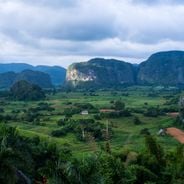
Cuba combines colonial architecture, tropical landscapes and centuries-old fortifications. From the tobacco fields of Viñales Valley to the colonial towns of Trinidad and Havana, and the waterfalls of Soroa, the island displays its history and natural diversity. The Spanish colonial period left behind fortresses, palaces and cobblestone streets in historic centers. National parks protect karst formations, rainforests and coastal areas. Along the coast lie beaches with turquoise waters and coral reefs. The route passes through different regions of the island, from the mountains of Sierra Maestra to the cayos off the northern coast. Each location shows a different aspect of Cuban culture and nature, whether in the streets of Santiago de Cuba or in the caves of Bellamar.

Finca Vigía
88.2 km
Christ of Havana
93.5 km
Zapata Swamp National Park
84.1 km
Hershey Electric Railway
44.6 km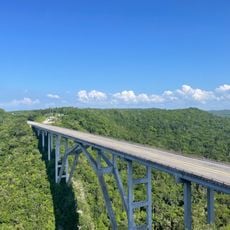
Bacunayagua Bridge
26 km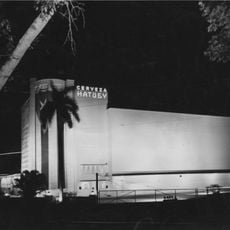
Modelo Brewery
83.3 km
Alamar
86.4 km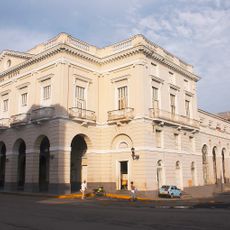
Sauto Theater
14.5 km
Santa María del Mar, Havana
78.3 km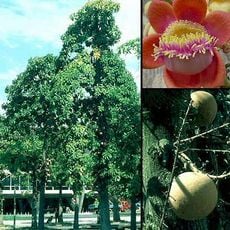
Jardín botánico Nacional de Cuba
93.1 km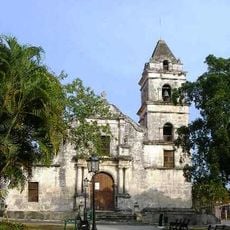
Iglesia de Santa María del Rosario
84.2 km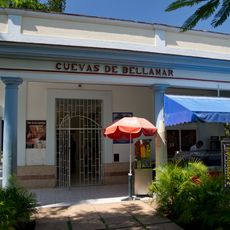
Bellamar Caves
13.2 km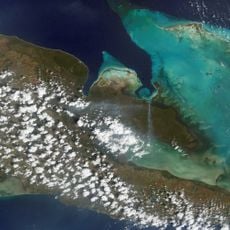
Ciénaga de Zapata
75.8 km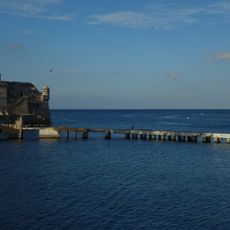
Castillo de Cojímar
88.6 km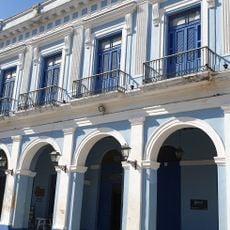
Galería Pedro Esquerré
14.5 km
Cathedral of San Carlos De Borromeo
15.3 km
Rum museum
93.7 km
Concordia Bridge
14.3 km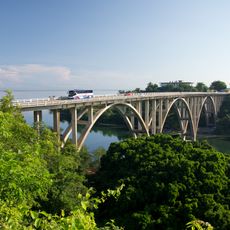
Canimar Bridge
7.2 km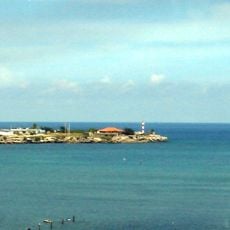
Río Jaruco Lighthouse
60.1 km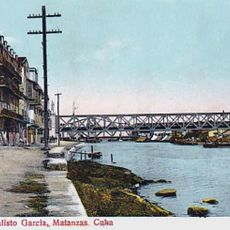
Calixto Garcia Bridge
14.5 km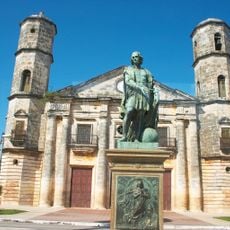
Church of the Immaculate Conception, Cardenas
24.1 km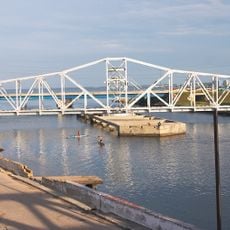
Matanzas Swing Bridge
14.5 km
Church of St. John the Baptist
14.9 km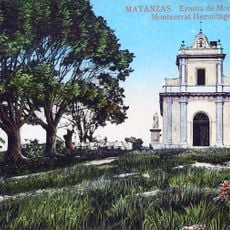
Montserrate Hermitage
15.8 km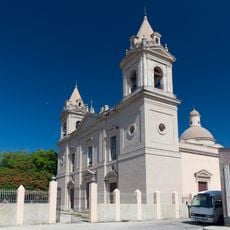
Church of Saint Peter the Apostle
14.2 km
Varadero Beach
24 km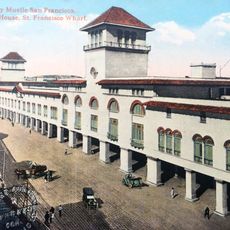
Custom House for the Port of Havana
93.7 kmReviews
Visited this place? Tap the stars to rate it and share your experience / photos with the community! Try now! You can cancel it anytime.
Discover hidden gems everywhere you go!
From secret cafés to breathtaking viewpoints, skip the crowded tourist spots and find places that match your style. Our app makes it easy with voice search, smart filtering, route optimization, and insider tips from travelers worldwide. Download now for the complete mobile experience.

A unique approach to discovering new places❞
— Le Figaro
All the places worth exploring❞
— France Info
A tailor-made excursion in just a few clicks❞
— 20 Minutes
